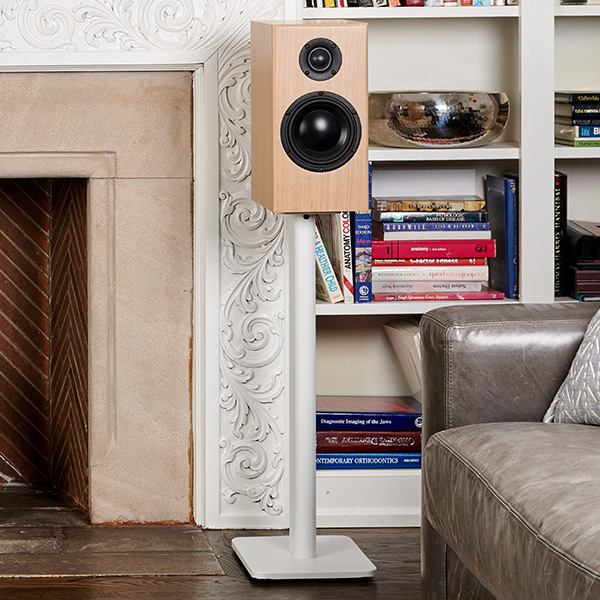
Choosing the right speakers is a pretty important decision for any audiophile or home theater enthusiast. Among the most popular choices are floorstanding and bookshelf speakers, each offering distinct advantages and considerations. This comprehensive guide will help you understand all the key differences between these two types of speakers, enabling you to make an informed decision based on your specific needs and preferences.
Advantages:
Disadvantages:
Advantages:
Disadvantages:
Choosing between floorstanding and bookshelf speakers ultimately comes down to your specific needs, room size, and budget. Floorstanding speakers are ideal for larger spaces and those seeking the highest possible sound quality, while bookshelf speakers offer flexibility and affordability for smaller rooms or versatile setups.
If you enjoyed this article and want to learn more about high-end audio, be sure to explore similar articles in our News + Reviews section. Totem Acoustic is dedicated to helping you achieve the perfect sound for your home, no matter your space or budget.
By understanding the key differences and considerations between floorstanding and bookshelf speakers, you can make a more informed decision and enjoy an audio experience that truly meets your expectations.
Share this article with your friends!


Get the latest info on new products, events, contests and more!

